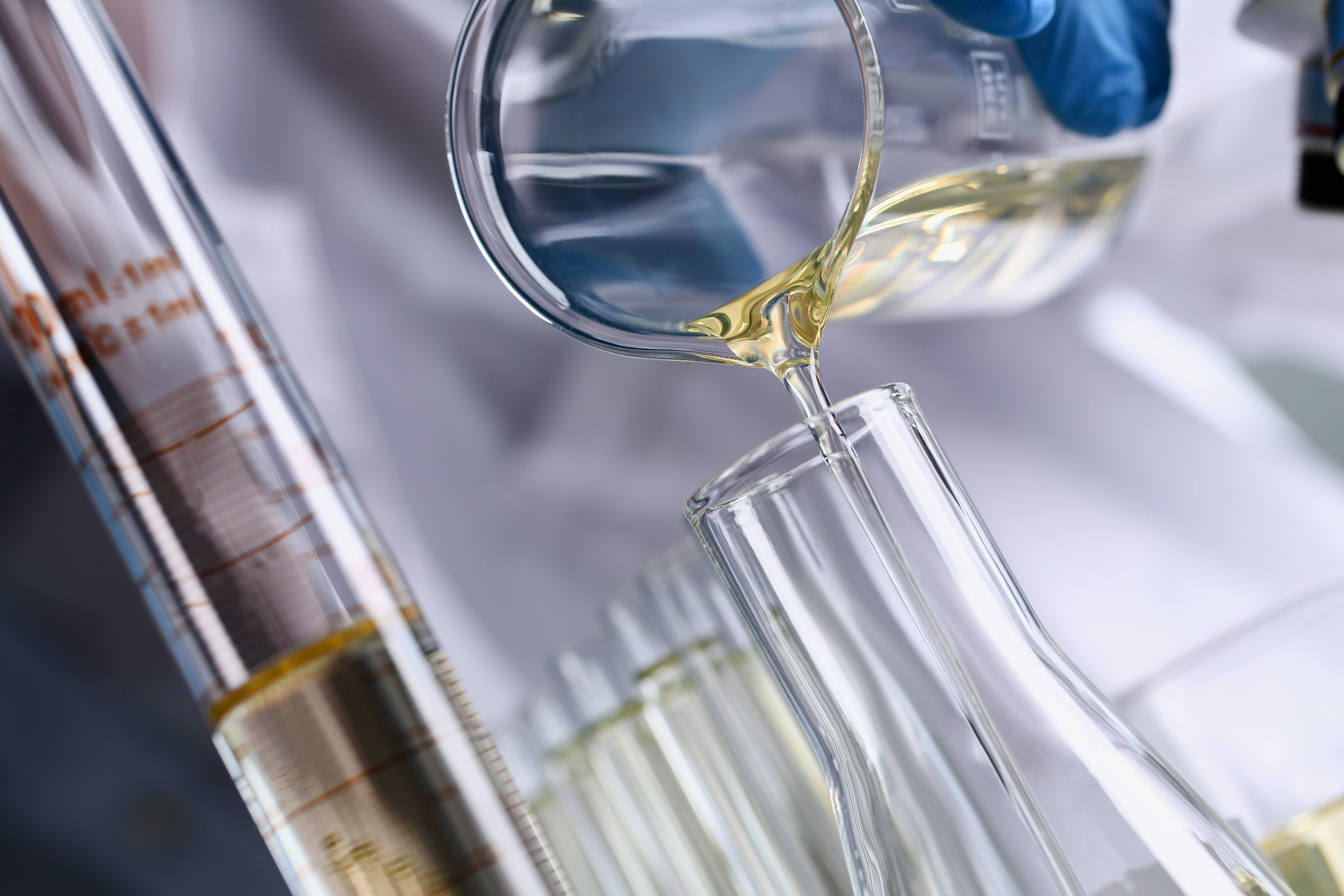Semicarbazones Synthesis Using Ethyl Lactate or Dimethyl Isosorbide as a Green Solvent
A novel method for synthesizing semicarbazones without toxic solvents that is both faster and produces higher yields.
Semicarbazones comprise an important structural class of compounds with valuable and diverse biological properties. They are used to synthesize various heterocyclic compounds, which have wide ranges of pharmacological activities including anticonvulsant, antibacterial, antifungal, anti-tuberculosis, and anticancer. Many are themselves biologically active. For example, the semicarbazone of the aldehyde vanillin has anticancer activity. Semicarbazone synthesis often involves the use of solvents, some of which are toxic at their boiling points. Industry is actively seeking high yielding alternatives for synthesis.
This technology from SUNY Oneonta and SUNY Geneseo researchers uses both ethyl lactate and dimethyl isosorbide (DMI) as solvents by mixing an aromatic aldehyde with semicarbazide hydrochloride. Reactions are not heated, but instead stand at room temperature after mixing. DMI provides higher yields in the same amount of time. Products are filtered, washed with water, and dried in vacuo overnight in a desiccator. For example, vanillin semicarbazone is synthesized in 100% ethyl lactate in scales ranging from 0.2 to 250 g in 90% yield and 98.5% purity in 17 minutes at the small scale, and 1 hour at the larger scale. Other semicarbazones produced by this process include 4-hydroxybenzaldehyde semicarbazone, salicylaldehyde semicarbazone, 1-naphthaldehyde semicarbazone, 4-chlorobenzaldehyde semicarbazone, cuminaldehyde semicarbazone, 4-nitrosalicylaldehyde semicarbazone, and vanillin semicarbazone.

- No heating required.
- Uses renewable, less toxic solvents. Ethyl lactate is an FDA approved food additive and DMI is used in many skin creams to carry compounds across the dermis.
- Reaction times are substantially lower (<1 second to 1 hour) for the same or better yields.
- Uses lactic whey as a co-solvent instead of water. Lactic whey is a common by-product usually discarded (often at a cost) by dairy producers. It is inexpensive, readily available, and environmentally friendly.
Note that this process also creates a wide variety of other classes of potentially useful compounds beyond semicarbazones.
- Pharmaceutical pre-starting material production. Some semicarbazones (such as vanillin semicarbazone) themselves have been found to have medicinal properties, without further modification.
- Agrochemical production.
- Polymer production.
- Metal complexes of semicarbazones have a wide variety of uses, included medical and sensors.
US Pending Patent 17/234,715
TRL 6 – Technology demonstrated in relevant environment.
This technology has not yet been licensed.
This technology would be of value to a variety of industrial sectors that synthesize semicarbazones. These include:
- Pharmaceutical production.
- Agricultural fertilizer production.
- Polymer fabrication.
Patent Information:
| App Type |
Country |
Serial No. |
Patent No. |
Patent Status |
File Date |
Issued Date |
Expire Date |
|